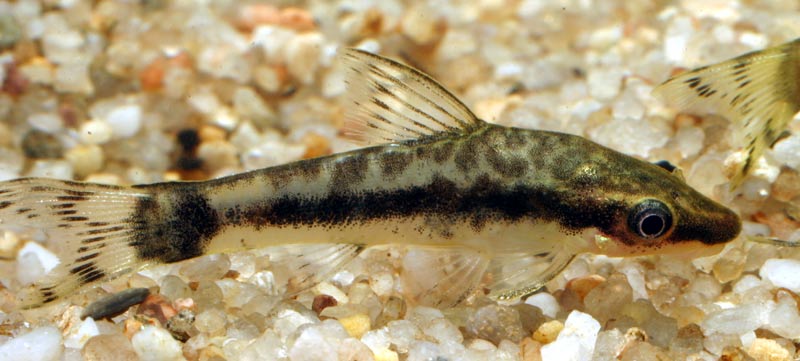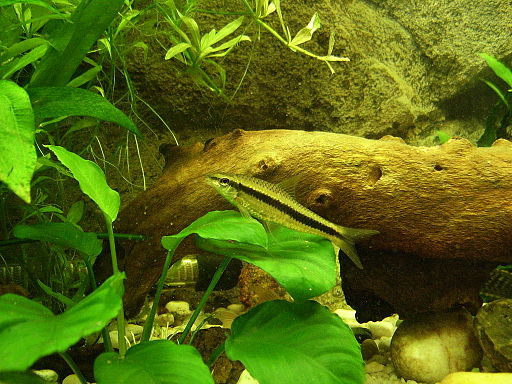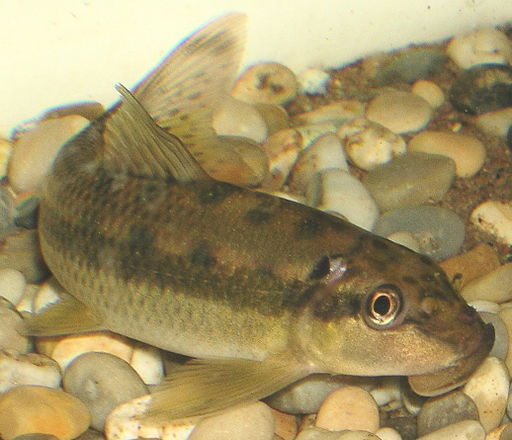Let’s be honest; a fish is hands-down the best pet to have for the lazy millennial.
It’s the water aerobics version of pet keeping, with all the benefits of companionship and none of the drawbacks that come with having a free-roaming, four-legged friend bent on revenge or destructive exploring.
But hold on to your slices of avocado toast for a moment, folks. Besides the cleaning, fish tanks and aquariums require their own brand of maintenance.
There are filters to consider along with gravel, scenery, and greenery to think of. Even after all that, once your fish acclimate to their new home, there’s always the accursed algae to grapple with.
Instead of stressing about the constant cleaning and treating of the water, why not turn back to a time-tested quality solution: the algae eater?
Contents
What is an Algae Eater?
Algae eaters are like a clean-up crew for your aquarium. Algae buildup in your tank stems from fish waste and other factors, and is generally a sign that your tank is healthy, but like most things in life – only when in moderation.
Too much algae can dirty a tank, giving it that sickly green look. That’s where the algae eater crew comes in.
They are always on the clock and (generally) are always happy to work. Their primary function is all in the name: these fish feed on algae in aquariums. Some feed on brown algae, while others prefer the vibrant green variety.
There is a vast range of algae eaters, almost as many as there are types of tanks. There are fish, snails, and even shrimp that fall under the category of algae eater.

For this article though, we’ll just be focusing on the fish. They can range in size from the length of your pinky to a monstrous twenty-four inches.
Larger algae eaters are better suited for larger tanks and vice versa for smaller kinds.
The most common type of aquarium is the freshwater aquarium, so you’ll want a freshwater algae eater who can survive the underwater atmosphere.
Types of Algae Eaters
Algae eater fish also come in an array of colors, personalities, and skin designs, giving any fish owner a pool of options to choose from, pun intended.
Chinese Algae Eater
The most common type of algae eaters you will see in pet stores, Chinese Algae eaters are relatively popular. But, a heavy word of caution: these little suckers have been known to grow more territorial as they age.
They don’t get along well with others in their “space.” If that weren’t enough, as they grow older, they consume less algae. They’re jumpers as well, so an open tank is a definite no-no for these daring fish.
However, some owners may like the sense of personality the Chinese algae eater provides, being somewhat aware of individuals outside the tank and therefore interacting with them.
Siamese Algae Eater
Another common type of algae eater fish is the Siamese algae eater. Interestingly, it is also considered a more territorial brand of its kind when surrounded by too many of their own species.
However, it differs from the Chinese algae eater in its almost relentless algae eating. Its affinity for the food doesn’t change as it ages, and constantly roams the perimeters of water-space.
They only grow up to two inches, so can be kept in smaller tanks. These little guys do best in larger spaces though, with numerous areas for cover and hiding.
Bristlenose Plecostomus
This little creature has a great love for hiding spaces aplenty. The Bristlenose grows slightly larger than the Siamese algae eater (up to four inches) and is best suited in a medium-sized tank or bigger.
They’re also relentless in their algae eating, but are yet another type of fish that lean toward being territorial.
Maybe the best artists work alone, so we can’t hold it against them too much. Besides, how can you stay upset with a fish that sprouts small whiskers reminiscent of an easily flustered janitor?
Twignose Catfish
On the smaller end of the algae eater spectrum are the Twig Catfish. These mini cleaners grow to around 20 centimeters.
Their size shouldn’t fool you, because these are also voracious algae eaters. They can fit easily in a smaller tank, but are content with larger tanks.
The Twig Catfish isn’t notably territorial and gets along well with other docile-type fish.

Otocinclus Catfish
Finally, the otocinclus catfish is also an algae eater that can survive well in a smaller tank due to its two-inch size.
It’s also one of the algae eater fish types that do better in groups of other fish, thriving in communal aquarium settings.
However, this algae eater fish is more finicky. It prefers to eat young algae at the temperature of the water it is housed in.
This video below shows another type of algae eater; the amano shrimp.
The Best Algae Eater Fish
So, what’s the best algae eater fish? That’s a more subjective area, but after considering temperament, size, and overall gusto toward algae eating, we’re going to have to give it to the Siamese algae eater!
It is small and quick, but that doesn’t it stop it from making fast work of any algae in its path.
They can operate in large or small tanks, and aren’t territorial to a detriment. Their reflective bodies are beautiful to look at and they can make a great addition to almost any aquarium underwater community.
Do you have any algae eaters?



